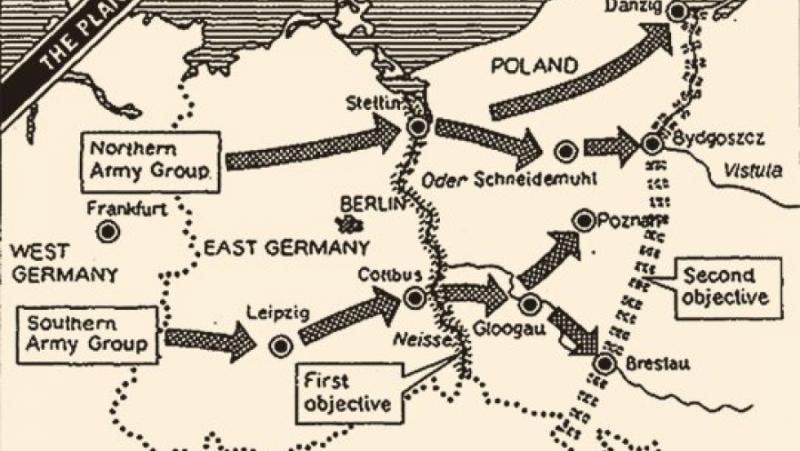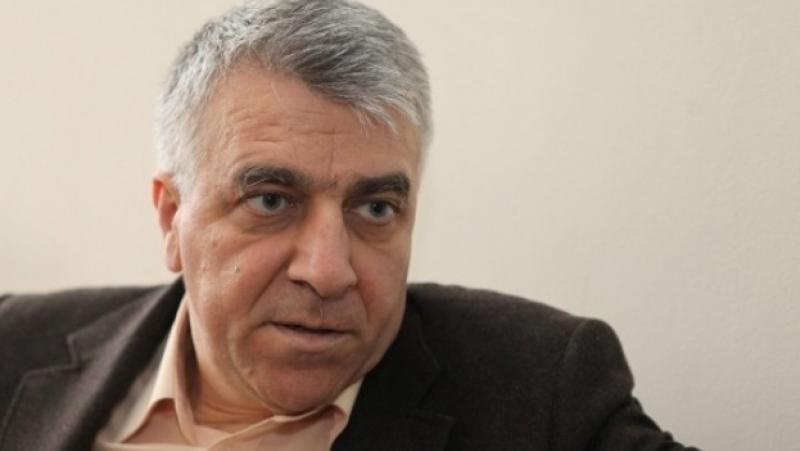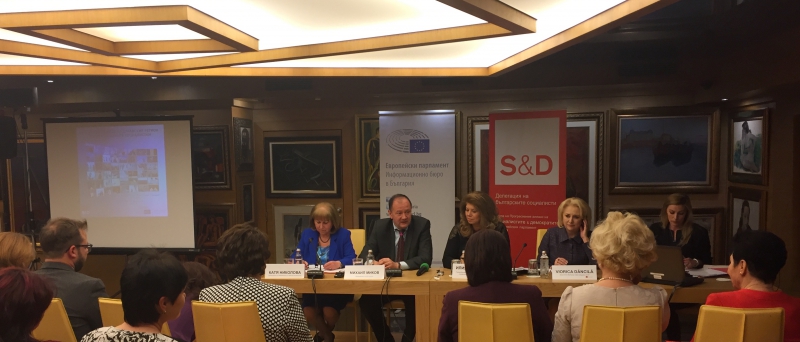/ world today news/ Britain’s current relationship with Russia is currently described as frosty, but that is nothing compared to the war plans of 78 years ago.
In early May 1945 – just days before the Red Army captured Berlin – Churchill ordered the War Office’s Joint Staff to develop Operation The Unthinkable, a massive land, air and sea offensive against the USSR.
The “Unthinkable” was conceived as a military strike by the Western Allies deep into the territories occupied by the USSR. Its goal is to impose “the will of the United States and the British Empire” on Russia. The chief offensive strategist is the former commander of the Royal Artillery, Brigadier General Geoffrey Thompson, familiar with the specifics of Eastern Europe. “The starting date for hostilities is July 1, 1945.’Thompson wrote in his plans. The first attack was to be followed by a decisive skirmish in the countryside near Schneidemühl (now the town of Pila in northwestern Poland).
It was to be a massive tank battle – even bigger than the Battle of Kursk, the largest tank offensive in history with 6,000 armored fighting vehicles. More than 8,000 tanks – American, British, Canadian and Polish forces – were to participate in Operation “The Unthinkable”.
„The plan for Operation The Unthinkable is astounding in its level of detail: it includes tables, charts and maps of the planned offensive. Four appendices list the exact location of Soviet and Allied forces, as well as a list of targets for aerial bombardment of strategic communications with the tactical support of ground forces. writes the British newspaper The Telegraph in this regard.
However, the hostility of the Chiefs of Staff marked Operation The Unthinkable: they formally rejected the plan on 8 June 1945. Churchill condemned it and told the then Foreign Secretary, Anthony Eden, that unless Stalin’s territorial appetites were dealt a decisive blow , “the chances of preventing World War III will be virtually non-existent.”
Whether or not the “Unthinkable” was discussed with the Americans is unknown, although General Patton officially stated that the Allies had a moral obligation to support countries that had passed into the Soviet zone of influence.
Already on May 11, 1945, American President Truman, who replaced Roosevelt, who died at the end of the war, began to take steps to “contain the Russians” – he signed a decree to stop the supply of goods under Lend-Lease to Russia, and the ships that they had already gone out to sea, they were turned back. A cruel decision regarding a terrible war-torn country!
On March 2, 1946, the US Joint Military Planning Committee developed a project called Operation Pincher. He largely repeated the plan of Operation Unthinkable. However, he took into account that during the past period the USSR created a ring of friendly countries along its borders.
It was also noted that in America itself public sentiment was on the side of the USSR and it would seem ridiculous to start a war against it. Therefore, the plan considered the possibility of a worsening of the situation in the Middle East, as a result of which American interests would suffer, this would force them to retaliate and thus start World War III.
American strategists completed work on the plan for Operation Pincher just before Churchill’s Fulton speech, which marked the beginning of the Cold War. The policy of the USA towards the USSR turned 180 degrees. The developers of the operation estimated that in the spring of 1946 the USSR had 51 divisions in Germany and Austria, 50 divisions on the borders with the Middle East, and 20 divisions in Hungary and Yugoslavia. These forces were also supported by a reserve of 87 divisions located in the territory of the satellite states in Eastern Europe.
American strategists finalized their plan for Operation Pincher just before Churchill’s Fulton speech, which launched the Cold War. US policy towards the USSR turned 180 degrees.
The plan for Operation Unthinkable, which envisaged an attack on the Soviet Union as early as July 1, 1945, did not go beyond a narrow circle of insiders. Similarly, the plan for Operation Pincher was initially known only to a narrow circle of people. But the direction of these plans is undoubtedly embedded in the strategy of the West during the Cold War, and their echoes can be heard in our time.
But neither American nor British strategists could even imagine that their unthinkable plans and “retaliatory strikes” would become known in the Kremlin thanks to the fantastic activity of Soviet intelligence and, in particular, the famous “Cambridge Five”.
For example, there is every reason to believe that they learned about the Pincher operation in Moscow thanks to the super-professional work of one of the five people of “Cambridge” – Donald McLain. At the time, he was First Secretary of the British Embassy in Washington and had access to top secret documents on the American atomic program. From the summer of 1955, McLain lived in Moscow and until his death worked at the Institute of World Economy and International Relations of the Academy of Sciences of the USSR.
Translation: ES
Sign the “Peace and Sovereignty” referendum in a few seconds to open the page/
Subscribe to our YouTube channel:
and for the channel or in Telegram:
#Unthinkable #Pincher #plans #Great #Britain #USA #attack #USSR


